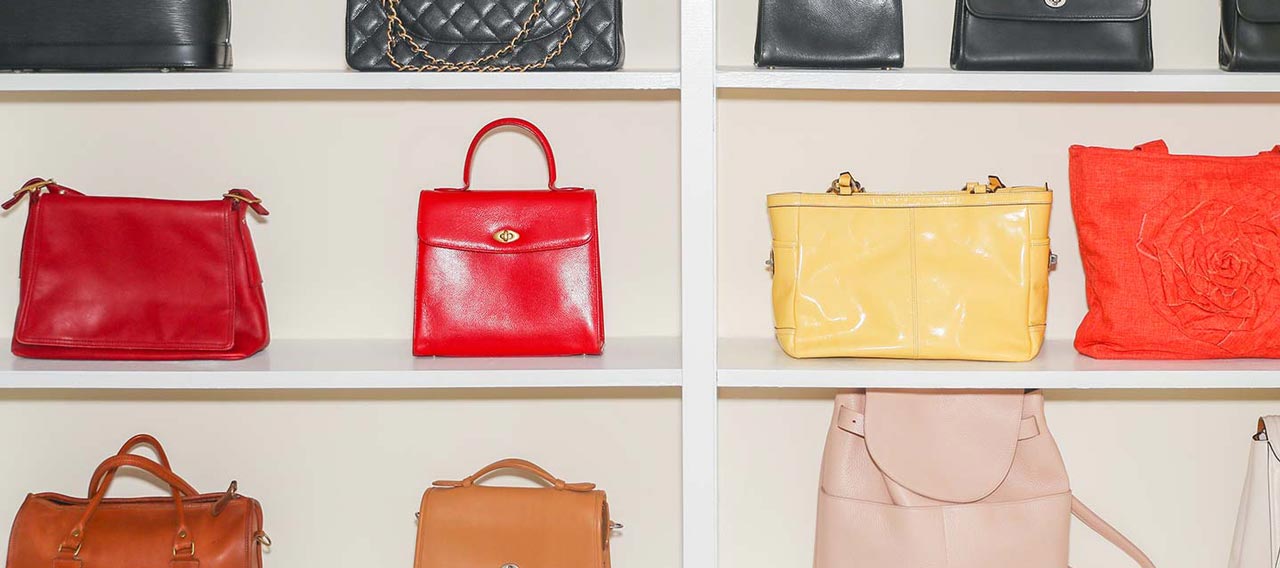Preserved animals as conversation pieces. Canvases covered in chewed bubble gum. Seven-figure acquisitions completed on a mobile phone. New media, new genres, and new sales channels are just a few of the ways in which art collecting can differ for the next generation of collectors.
Emerging markets and exciting new media may appeal to younger collectors, but they can present unexpected risks as well. If your clients are among the 65% of wealthy individuals who expect to purchase fine art in 2023 (UBS Art Basel 2023 Report), understanding what, why, and how your clients buy can position insurance agents and other advisors to better help them protect and preserve their investment.1
From bubble gum to bodily fluids
Next generation collectors have largely shifted their focus away from Impressionist or Modern works and toward Post-War, Contemporary and Ultra-Contemporary artists. Some of these 20th- and 21st-century works present new stewardship challenges as artists explore new media.
Consider, for instance, Marc Quinn’s “Self” series. Frozen portraits of the artist’s head are made from 10 pints of his own blood; a new iteration is created every five years. Described by Quinn as a “frozen moment on life support,” these works evoke the fragility of existence, and are displayed in special refrigerated cases requiring uninterrupted power.
Other artists have used food products, like bananas, chocolate, or bubble gum as mediums in their artwork. The resulting works may change over time as materials deteriorate and fade — often an intended consequence, yet one that requires expert attention to care and preservation. Infestation and spoilage are potential hazards any time an artist utilizes food products in their art, and temperature and humidity controls must be monitored to help minimize deterioration.
Taxidermy and other animal preservation methods may not be mediums one might expect to interest the next generation of collectors, but they have been incorporated into works by several renowned contemporary artists, like Damien Hirst and Maurizio Cattelan. Collectors should consider risks such as infestation if items are improperly preserved, or the potential for fire attendant with combustible liquids like formaldehyde, which Hirst often uses in his vitrine works.
These examples illustrate how artwork made with novel materials can present unique considerations in terms of care. The usual environmental controls, such as lighting and climate, remain vital but may need to be adjusted to fit the composition of the piece.
In addition, some of these works may be subject to what insurers call “inherent vice” — a quality of a work that contributes to its natural deterioration. It is important for collectors to know that inherent vice is a common insurance exclusion.
As an advisor, these challenges also represent opportunity. Given next-generation preferences for consultative services, connecting with clients who collect this type of art can help advisors deepen their relationships.
Art conservators, for instance, can help identify unstable materials or inherent structural issues of a particular piece before a collector makes a purchase. They can also consult on ideal display conditions to protect and preserve even the most delicate works. Art handlers can advise on the most appropriate installation hardware based on a work’s size and characteristics. After installation, art handlers should be consulted on a regular basis to determine whether picture wires and hanging devices have weakened over time, putting works at risk. Risk advisors can help collectors identify and minimize art risks, from transit to storage to display. They can also advise collectors on insurance-buying needs and decisions.

It's about the idea
Conceptual art — another art form popular with next-generation collectors — differs from other forms in that the idea is more important than the work itself. When your clients purchase a piece of conceptual art, they receive a certificate of authenticity with a detailed set of instructions on how to create the work.
Once purchased, the artist, studio, or new owner will have the piece installed according to the artist’s plan and direction. Because the concept is the most important part of the work, conceptual artwork can typically be “re-created” as needed — for example, artist Sol LeWitt’s series of “wall drawings” can be installed, destroyed, and reinstalled in new locations, as long as the original diagram and instructions are followed.
Since the value of this artwork lies in the concept rather than in the physical work itself, a lost certificate translates to lost value. Some artists (or their foundations, if the artist is deceased) will reissue certificates, but others will not. Clients who purchase conceptual art should keep the certificate in a secure place to maintain its value.
Art democratized
In addition to collecting new media, many next-generation art collectors are purchasing art through new channels. They are using Instagram and other social media platforms to gain access to art world insiders and educate themselves with “behind the scenes” information. A “like” from a well-known curator or auction house specialist can validate an emerging artist and help expand awareness of their work.
Travel to major centers such as New York or Los Angeles is no longer a necessity — collectors can engage directly with galleries and museums online. During the pandemic, auction houses and galleries focused their efforts on online sales, with digital sales reaching an historic peak of $12.4 billion in 2020, doubling in size year-on-year.2 Now, Christie’s reports that nearly half of its sales are held online and 75 percent of auction bids are placed digitally.3 In addition, art fairs now have online viewing rooms that allow collectors to preview artwork, engage with dealers, and make acquisitions without the need to attend in person.
Purchasing art that hasn’t been physically seen has its risks. If your clients buy online, encourage them to request a condition report and provenance information before making a purchase. It’s also important to ask about packing and shipping, since transit is a major cause of loss or damage to art. The seller should be using a shipper that specializes in fine art rather than a general carrier. Collectors should also inquire about who should insure the artwork after the purchase. Some sellers will insure an item during transit until it is delivered to the purchaser; others expect the purchaser to provide proof of insurance before they’ll release the artwork.

Art as an investment
For the next generation of collectors, art remains a passion, and that passion drives their purchase decisions. However, many wealthy collectors are increasingly viewing art as an investment as well.
According to the UBS/Art Basel 2023 Report, billionaire wealth has grown by over 380% and sales of pieces over $10 million at fine art auctions has increased by close to 700%, showing that the growth of wealth has fed into the art market, with wealthy collectors investing significantly more in art than in past years.4
Millennials are a generation that entered the workforce around the time of the 2008 financial crash, and studies have shown the lasting impact of that event on their investment approach. In fact, millennials are less likely to invest in stocks than other generations5 and when they do, they let their personal values guide their investment choices6 – much like they do for art, with millennial buyers viewing art through a social and investment values lens.7
If your clients are building an art portfolio for investment purposes, it’s important for them to have a plan for care, maintenance, and insurance. Some investment-minded collectors may be more likely to store their art rather than display it at home, and the growing fine art storage industry reflects this trend. Others may lend artwork to museums to raise a work’s profile and build up its provenance. Clients whose art moves frequently are typically more exposed to shipping losses. Those who lend or consign art need to understand whose insurance is covering their piece and whether that coverage is adequate for the exposure. Points to consider include whether a borrower or consignee’s policy provides “wall-to-wall” coverage, worldwide, for most causes of loss. Collectors should also work with their insurance agent to review details regarding security and protection at these locations.
In many ways, next-generation art collectors are like the generations before them: aesthetically motivated, passionate, and discerning. Understanding how they are different, and how these differences affect their risks, will position advisors to provide valuable insight that helps them to protect and preserve their possessions for years to come.
Sources
1 UBS/Art Basel 2023 Report, page 237
2 UBS/Art Basel 2023 Report, page 30
4 UBS/Art Basel 2023 Report, page 236
5 Yahoo Finance, 15 Fascinating Millennial Investing Trends
6 Schwab Modern Wealth Survey 2022
7 Art Basel., Millennial collectors are coming of age – and women are the biggest spenders
Insights and expertise








This document is advisory in nature and is offered as a resource to be used together with your professional insurance advisors in maintaining a loss prevention program. It is an overview only, and is not intended as a substitute for consultation with your insurance broker, or for legal, engineering or other professional advice.
Chubb is the marketing name used to refer to subsidiaries of Chubb Limited providing insurance and related services. For a list of these subsidiaries, please visit our website at www.chubb.com. Insurance provided by ACE American Insurance Company and its U.S. based Chubb underwriting company affiliates. All products may not be available in all states. This communication contains product summaries only. Coverage is subject to the language of the policies as actually issued. Surplus lines insurance sold only through licensed surplus lines producers. Chubb, 202 Hall's Mill Road, Whitehouse Station, NJ 08889-1600.










